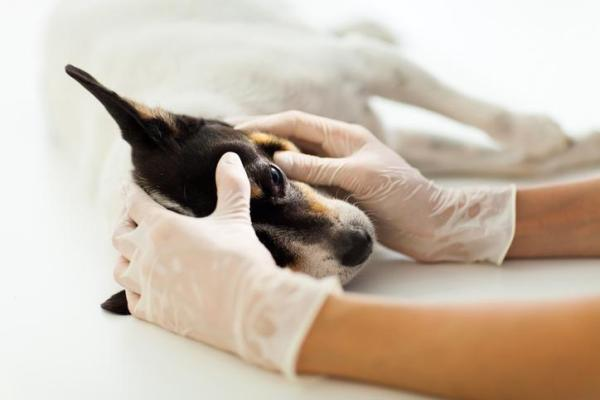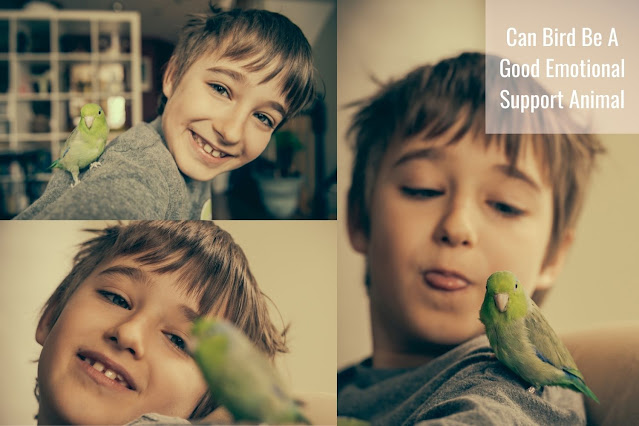Stye in Dogs: What Causes It and How to Treat It
Dog Stye: Causes and Treatment
It is a widely held concept that the eye may reveal a lot about a person's health. Your puppy's eye, like yours, can clearly reveal its health. A change in their eye's covering or any coloration can indicate a deficiency in their body. In the worst-case situation, these could be the first signs of a serious illness.
However, in the case of dog styes, this is not the case; while they are not life threatening, they can cause damage to your furry friend's eyes if not treated promptly.
Wait.
"Do dogs get styes?" you might wonder.
Let's have a look.
Is it possible for dogs to have styes?
Yes, styes can occur in dogs. Dog eyelid stye can affect your pet in the same way that it impacts humans.
"However, what is a stye?" you might wonder.
Dog eye stye is a painful ailment that occurs in or around the eyes of dogs. This is also known as a hordeolum cyst or a dog eyelid cyst. An infection produced by the bacteria Staphylococcus aureus is the most common cause of this disease. This illness produces pus, which causes the dog's eyelid to swell.
Stye vs. Chalazion:
Internal Lump is sometimes mistaken for a dog stye eye, but it is actually a dog chalazion. Infection of the meibomian gland in the central region of the eyelid causes this condition, which is usually painless.
The dog's eye lid swells due to external styes. A bacterial infection in the eyelash follicle or root causes it to appear on the corner of the eyelid. It starts out red and quickly turns pussy, causing discomfort. Read More


